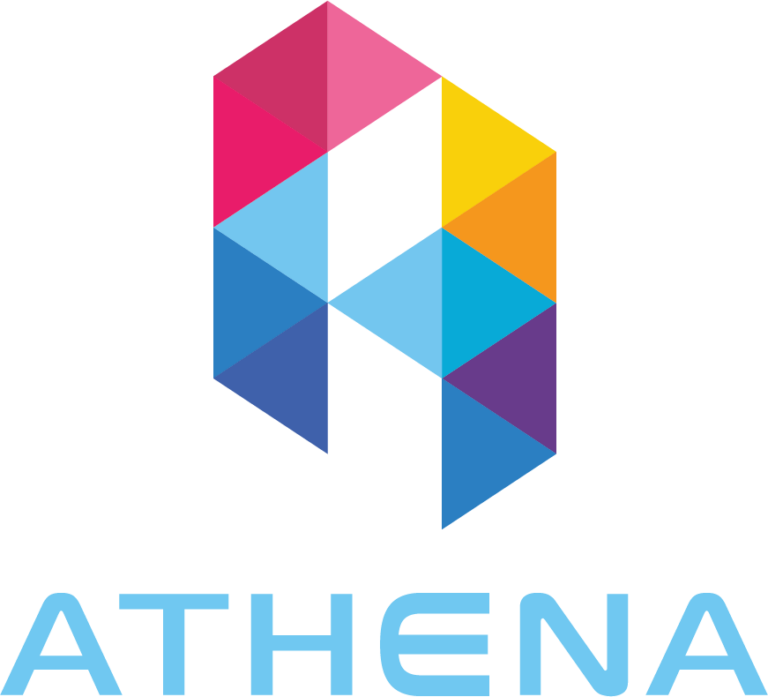The Essential Guide to Risk Management for Brokerages: Key Tools and Strategies
In the competitive world of brokerage services, risk management is not just a necessity—it is a cornerstone of sustainable success. From market volatility to cybersecurity threats, brokerages face a wide array of risks that require proactive and strategic management. This guide explores the key tools and strategies that brokerages can implement to mitigate risks and ensure operational stability.
Understanding Risk in Brokerage Operations
Types of Risks
Brokerages must contend with several types of risks:
- Market Risk: Price fluctuations in assets can lead to significant financial losses.
- Operational Risk: Failures in internal processes, systems, or human errors can disrupt operations.
- Compliance Risk: Non-adherence to regulatory standards can result in legal penalties and reputational damage.
- Cybersecurity Risk: The growing threat of cyberattacks jeopardizes sensitive financial and client data.
The Importance of Risk Management
Effective risk management not only protects brokerages from potential losses but also enhances trust among clients and regulatory bodies. It creates a resilient foundation, enabling businesses to adapt to changing market conditions while maintaining compliance and customer satisfaction.
Key Tools for Risk Management
Advanced Analytics and Monitoring
Risk management begins with data. Tools like real-time analytics and automated monitoring systems allow brokerages to:
- Track market movements and detect anomalies.
- Identify patterns that signal potential risks.
- Generate actionable insights to make informed decisions.
For instance, integrating AI-powered platforms enables predictive analysis, helping brokerages anticipate market shifts and adjust their strategies accordingly.
Compliance Management Software
Staying compliant with evolving regulations is a critical aspect of risk management. Compliance management tools streamline this process by:
- Automating regulatory reporting.
- Monitoring transactions for suspicious activities.
- Ensuring adherence to anti-money laundering (AML) and know-your-customer (KYC) requirements.
Cybersecurity Solutions
With brokerages increasingly relying on digital platforms, robust cybersecurity measures are indispensable. Essential tools include:
- Firewall and Intrusion Detection Systems (IDS): Prevent unauthorized access to sensitive data.
- Encryption Technologies: Protect data in transit and at rest.
- Identity and Access Management (IAM): Control access to critical systems.
- Real-time Threat Intelligence: Stay ahead of emerging cyber threats.
Strategies for Effective Risk Management
Diversification
A diversified portfolio is one of the simplest yet most effective strategies to manage market risk. Brokerages can offer clients a mix of asset classes, sectors, and geographies to spread exposure and reduce overall risk.
Stress Testing
Regular stress testing helps brokerages evaluate their resilience under extreme market conditions. By simulating worst-case scenarios, firms can identify vulnerabilities and reinforce their strategies to withstand potential crises.
Employee Training
Human error is a significant contributor to operational risk. Regular training sessions for employees ensure that staff members are well-versed in:
- Regulatory requirements.
- Ethical practices.
- Best practices for using risk management tools.
Client Education
Empowering clients with knowledge about market risks and safe trading practices fosters a culture of transparency. Educated clients are less likely to make impulsive decisions, reducing the likelihood of disputes.
Case Study: Proactive Risk Management in Action
A mid-sized brokerage specializing in Forex trading implemented a comprehensive risk management framework. By adopting AI-driven analytics, the firm detected unusual trading patterns that indicated market manipulation. The early intervention prevented significant losses and upheld the firm’s reputation. Additionally, the integration of compliance software streamlined regulatory reporting, reducing penalties and enhancing operational efficiency. Through consistent employee training and client education programs, the brokerage created a culture of risk awareness that boosted client trust and loyalty.


